The exit polls and results of the Indian general election have attracted considerable attention recently. Using an analogy of electrical circuits, I also think the organisation and implementation of election processes should be considered as part of the hidden wiring of democracy.
I was appointed in 2001 as one of the founding Commissioners for the UK Electoral Commission and during my decade in office, I visited India on an annual basis and interacted with senior officials at the Indian Election Commission (IEC). Although international observers are not allowed, the IEC does extend some invitations, and I was privileged to attend four elections in India during my decade-long tenure.
The last of these was the 2009 general election, and I spent two weeks in Varanasi during the period immediately before and during polling. The constituency had 8 assembly seats with voters totaling 24,46,608 (over 2.4 million). There were 1,573 polling booths with 11,690 polling staff and an estimated 15,000 police and paramilitary personnel deployed. In Varanasi, my activities included:
- Meeting the most senior administration and police officials and IEC observers in order to understand their perspectives and planning.
- Meeting the officials responsible for security mapping of polling booths, random allocation of staff to booths using computers, distribution of election materials, transport, and other logistical arrangements, and the training of staff.
- Studying the documentation relating to the electoral process and monitoring local media coverage of information relating to the process.
- Witnessing the computerised process of randomisation which allocates staff to polling duties in designated areas and polling booths so that any potential risk of collusion is minimised.
- Attending a distribution center where electronic voting machines (EVMs) were being tested by presiding officers and their teams the day before polling.
- Visiting 55 polling stations at urban and rural locations on polling day and interacting with polling staff, police officers, party workers, and voters.
- Visiting a collection center after polling had been completed and observing EVMs being deposited in strong rooms (normally used for storing food grains) with party workers making sleeping arrangements for the weeks before counting occurred on an all-India basis on the same day.
In previous elections, I had also witnessed the registration and counting processes. In Varanasi and elsewhere, I noted how the electorate was made aware of the right to complain about any aspect of the electoral process, and the media highlighted this aspect although some of the coverage was sensationalised.
Elections are not just about processes or organisations. They are also about perceptions and people. The three vignettes below (chosen from many conversations) illustrate different aspects of the electoral process.
My conversation with a presiding officer was as follows:
Q. What is your occupation?
A. I am a schoolteacher.
Q. How often have you been a presiding or election official in some other capacity?
A. I have worked in every election since 1973 and I have not voted since then.
Q. How have you found the introduction of EVMs?
A. This has not been a problem. We have received training, and as a presiding officer, I have now had experience of four elections where they have been used.
Q. Why do you do this work?
A. As someone who teaches young people, I think it is my personal responsibility to do something to keep the democratic process functioning properly.
My conversation with a party worker at another location was as follows:
Q. What is your role and how long have you been undertaking it?
A. I am a party worker who lives locally, and I have been assigned to this polling booth for over twenty years. My role is making sure that local people come here and vote.
Q. What is your view about the EVMs in the electoral process?
A. It is a good thing for the voters but not so good for us party workers.
Q. Why?
A. Even if I sit there inside all day with party workers from other parties, with the EVMs, no one knows how the voter has voted!
Outside a polling booth in a small village, I spoke to a senior voter coming out of the booth:
Q. Have you just voted?
A. Yes.
Q. Without telling me who you have voted for, could you tell me did you understand the process of how you were allowed to vote?
A. Yes. I went into the polling station with my photo ID card, which I showed to the officers inside. They checked my photo in the register and then they made me put my thumb mark on the paper next to the photo before they put ink on the front of one finger. I was then given a slip of paper that I had to give to another officer before I went behind the curtain.
Q. What happened then?
A. I pressed a button on the machine, and there was a beeping sound.
Q. Do you know what that means?
A. Yes. It means that my vote has been registered and no one else can vote instead of me.
These three vignettes highlighted several themes to me that I thought were relevant to Varanasi and beyond:
- The commitment of polling staff towards discharging their duties in the electoral process.
- The perceptions of party activists about the robustness of the electoral process.
- The electoral process was understood even by relatively unsophisticated voters and not just those who were competing politically or those who were responsible for administering it.
- The EVMs have become a cornerstone of Indian elections, replacing previous paper-based processes and physical ballot boxes. The technology is relatively simple, not linked to the internet, and each machine has a unique number.
- The number of measures embedded in the electoral process to ensure integrity, such as voter rolls with photographs, voter ID cards, randomisation process of staff allocation, the use of EVMs and checks at polling stations, and the presence of party workers at each polling booth so that they could see recording of zero votes at the beginning and the number of votes cast at the end of the day on EVMs.
- The introduction of systems developed over some decades and clarity of purpose in a public process that includes the largest electorate in the world (now approaching a billion electors).
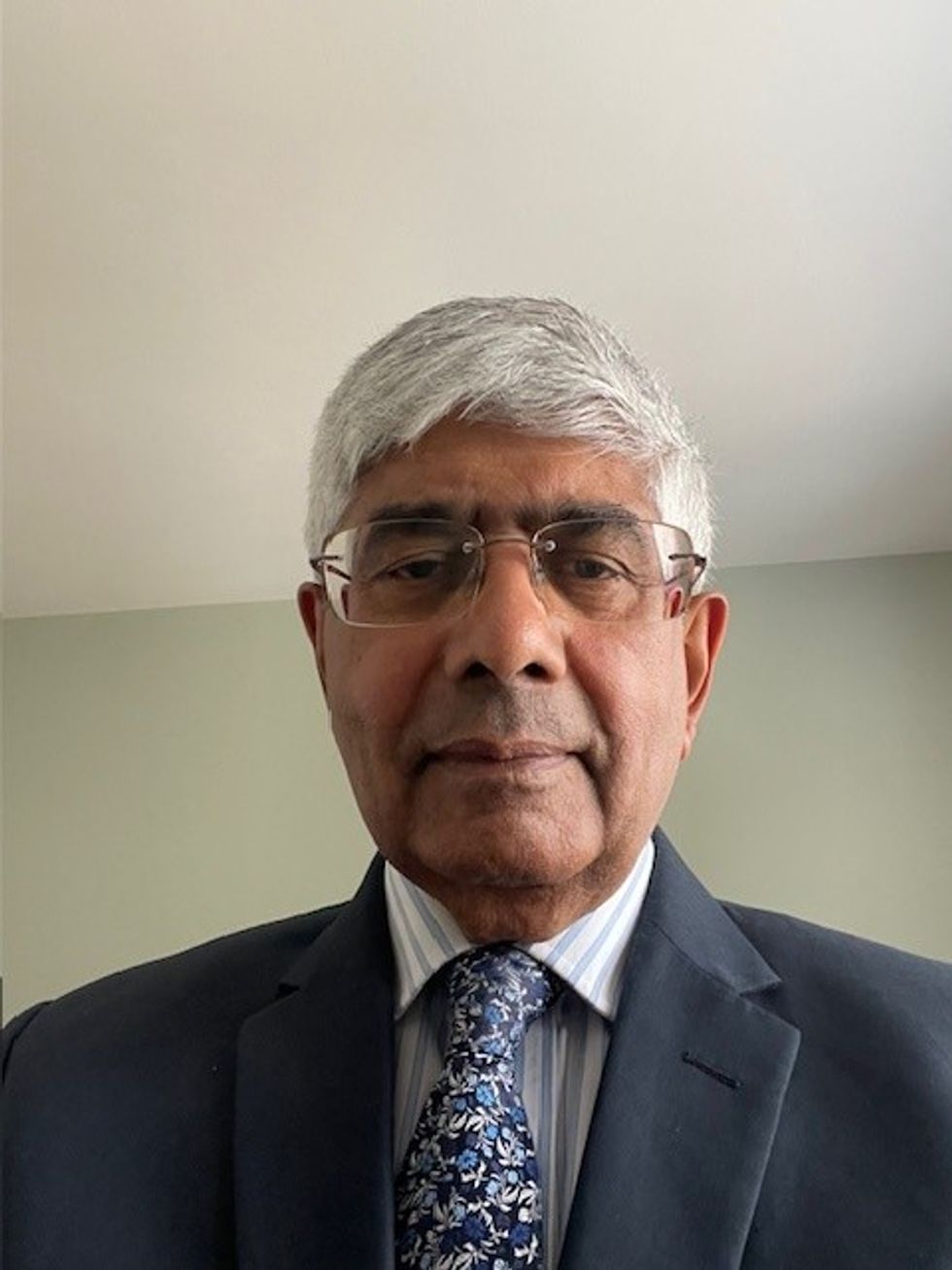
Indian elections are not conducted by officials who have a dedicated full-time remit for elections. Every level is undertaken by public sector officials who are required to undertake election duties for a specified period, with the exception of about 300 staff at the IEC headquarters in New Delhi and the state election commissions.
Given the rich mosaic of different cultures and ethnicities that make up the Indian nation-state, I think the robustness of the electoral processes described above allows citizens to believe they have a real ability to influence the outcomes of elections. The quality of leadership at different levels of bureaucracy, from the presiding officers upwards, with the appropriate strength of character and insights to apply IEC guidelines, is another critical factor in the context of promoting confidence in the electoral process.
(The author has had a distinguished career spanning various sectors of the public service, including justice, health, welfare, regulation, local government, and academia. His extensive contributions to public life were recognised in 2000 when he was awarded the Commander of the Order of the British Empire (CBE).)







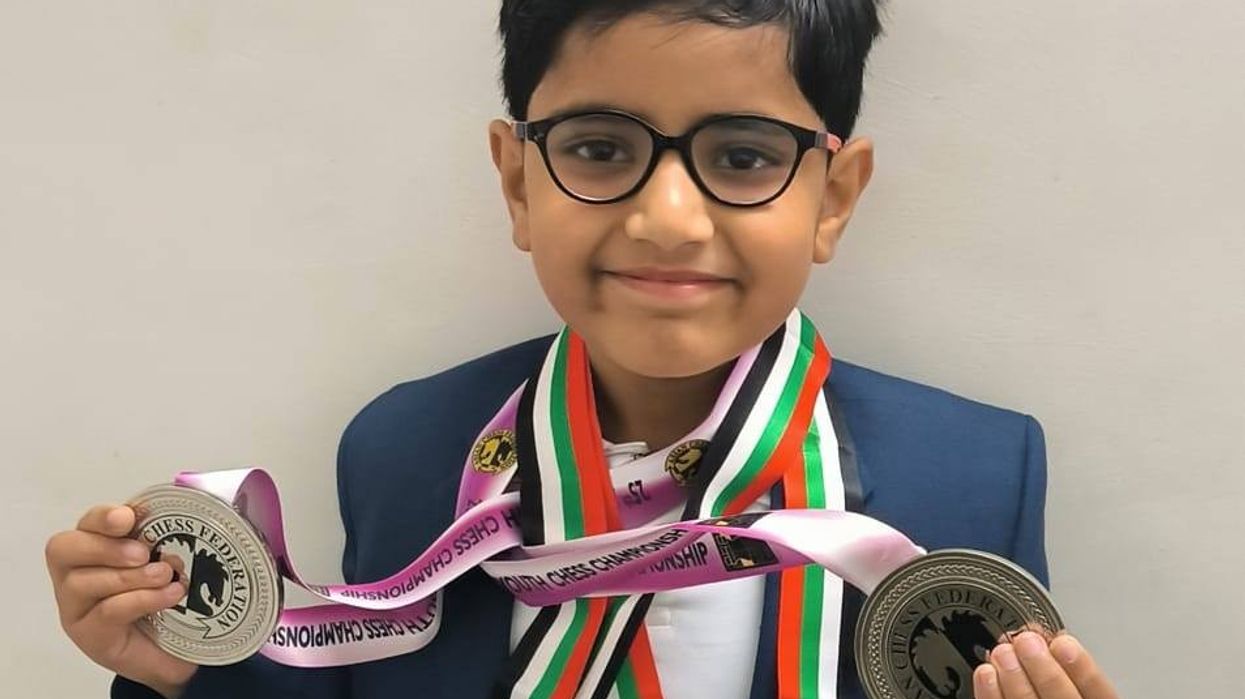

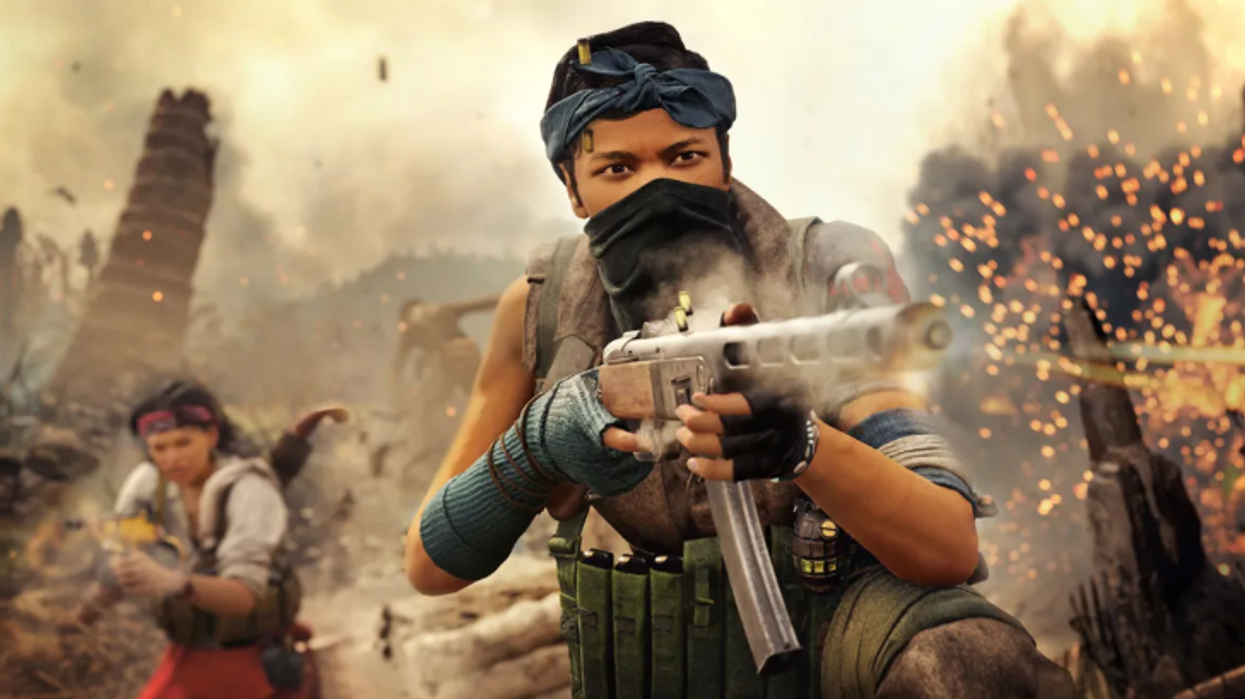


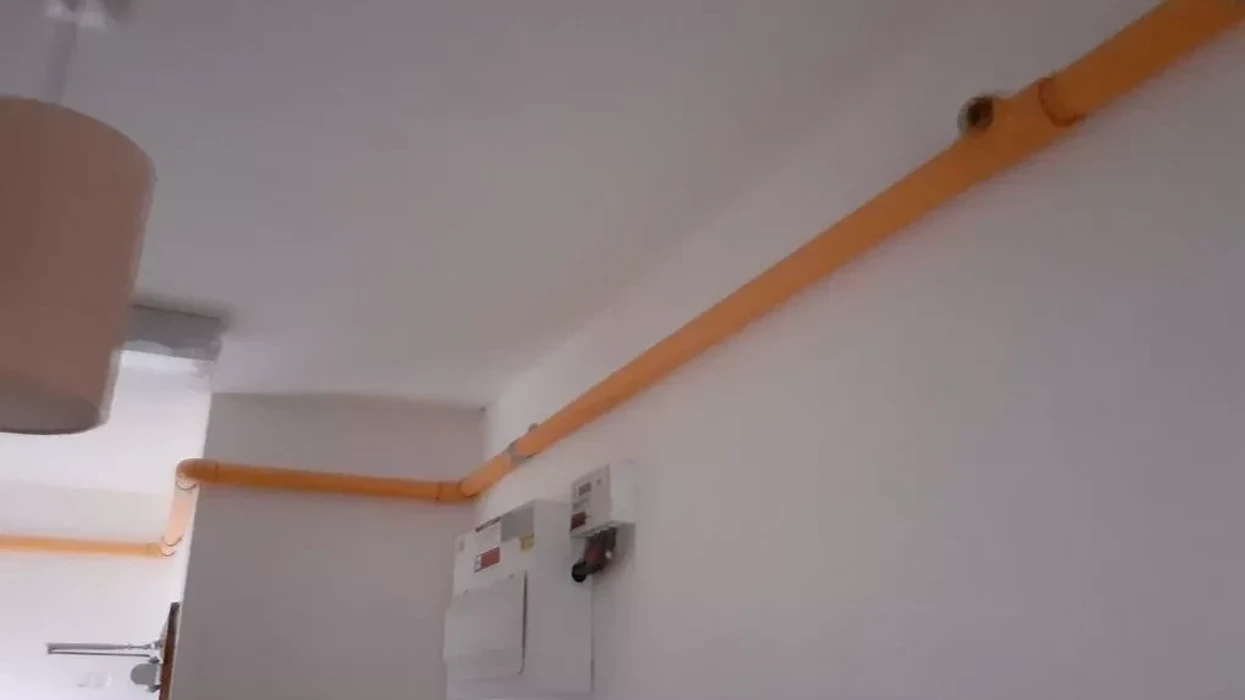


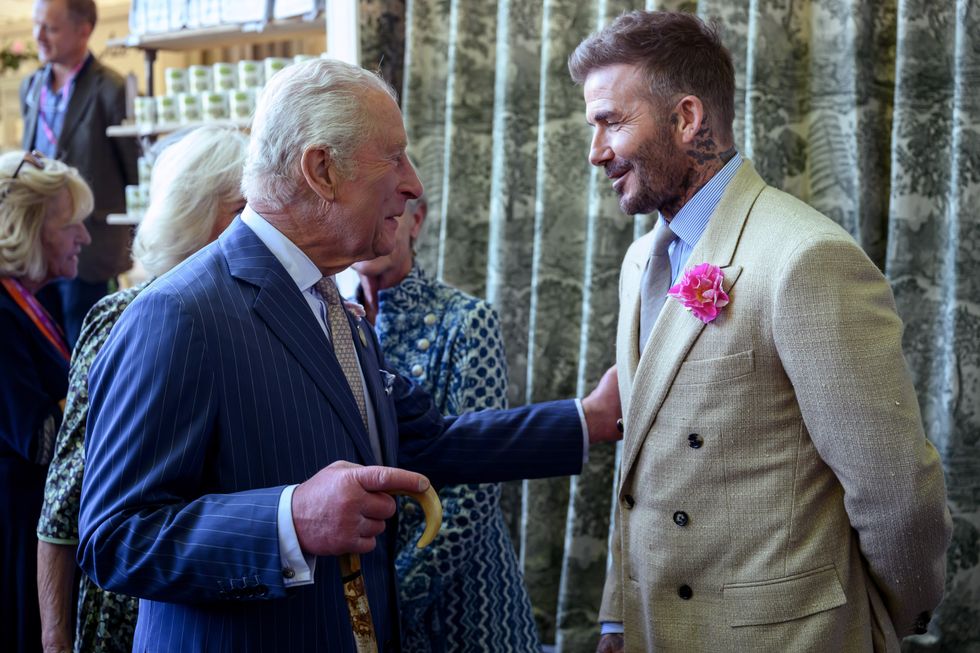 David Beckham wearing a David Austin Roses "King's Rose" speaks with King Charles III during a visit to the RHS Chelsea Flower Show at Royal Hospital Chelsea on May 20, 2025Getty Images
David Beckham wearing a David Austin Roses "King's Rose" speaks with King Charles III during a visit to the RHS Chelsea Flower Show at Royal Hospital Chelsea on May 20, 2025Getty Images

 Kurukshetra battlefield illustration
Kurukshetra battlefield illustration
 Chanakya
Chanakya  Shimla Agreement
Shimla Agreement Kargil War 1999
Kargil War 1999
The hidden wiring of Indian democracy